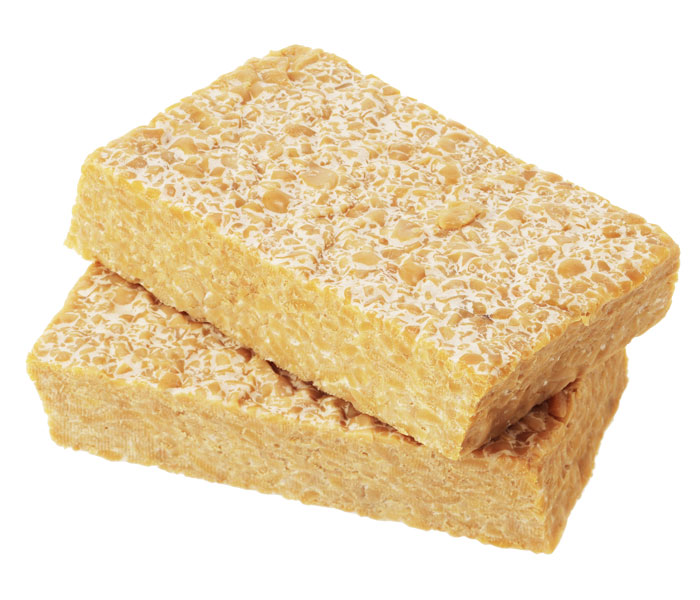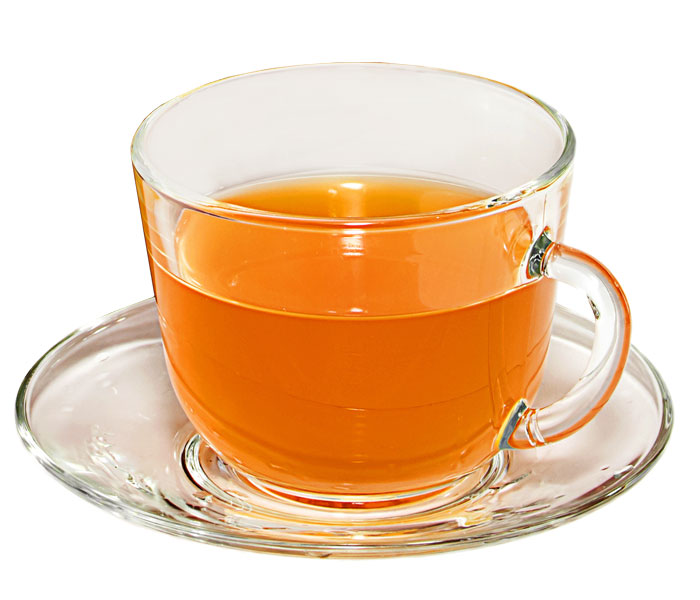Fermented foods may be labelled with words such as ‘raw’, ‘unpasteurised’, ‘added live cultures’, ‘probiotic rich’ or ‘naturally occurring probiotics’.
You can find them in the refrigerator section of supermarkets and health food stores.
Click through for some of the best options around, and check out the January issue of Good Health Choices for more on good gut health.

Tempeh Made from fermented soybeans, tempeh is similar to firm tofu. It’s a source of protein and an ideal meat substitute.

Kombucha Bacteria, yeast and sugar are added to tea and fermented to make this fizzy drink. It can taste sweet or tart.

Sauerkraut Sauerkraut is made from ‘pickled’ cabbage, ie bacteria have fermented the sugar in the vegetable.

Natto Pungent, gooey and stringy, nattō is a Japanese food made from fermented soybeans and often eaten as a breakfast food.

Miso This Japanese staple is made from fermented soybeans. The thick paste adds sweetness and saltiness to soups, dressings and seasonings.

Yoghurt Most yoghurt contains bacteria called lactobacillus bulgaricus and streptococcus thermophilus which are added to milk and fermented.

Cultured buttermilk The cultured buttermilk you buy in shops is made from cow’s milk which has good bacteria added to it, creating a tangy taste and thicker consistency. Cooking at high temperatures, however, will kill the good bacteria. This drink is like tangy, runny yoghurt and is prepared using milk, kefir bacteria and yeast.





